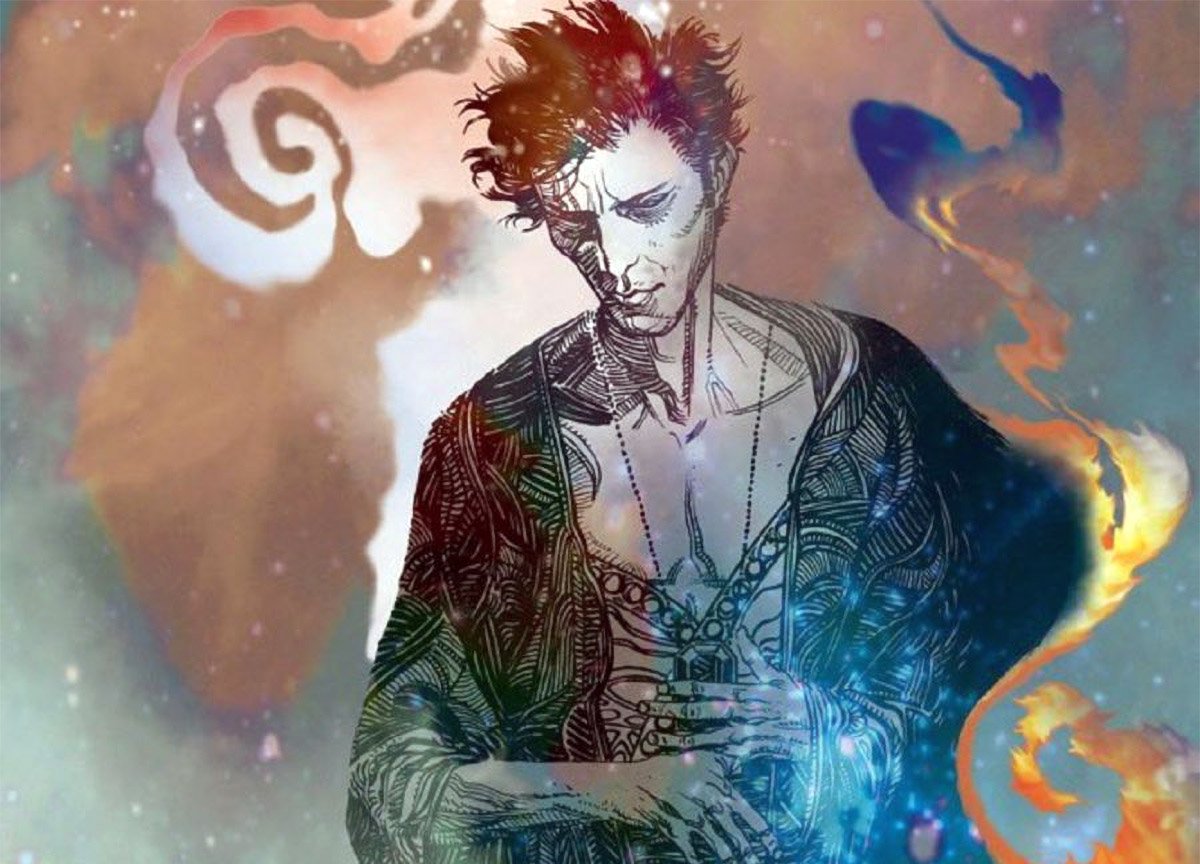Morpheus has escaped, and he is coming. This summer, the Lord of Dreams will materialize on Netflix, finally making real the influential comic book series’ nightmare journey to the screen.
The Sandman was a revelation when its first issue was released in 1989. Neil Gaiman, Sam Kieth, and Mike Dringenberg joined forces to update and transform a Golden Age hero while opening up a vast new part of the DC/Vertigo multiverse. Along with Alan Moore’s Swamp Thing and Watchmen and Frank Miller’s The Dark Knight Returns, The Sandman helped change the perception of comics in the late 1980s, opening the format to more mature and challenging content.
The Sandman is Morpheus, or Dream, the cosmic guardian and ruler of the Dreaming — the manifestation of dreams across the cosmos. One of the Endless, he was mistakenly captured by an occult ritual and imprisoned for decades. That time meant little to him, but his absence and return had significant consequences for the world of humanity and their dreams. The Sandman story charts Morpheus’ past, present, and future as he grapples with the weight of responsibility and his dysfunctional family.
Sandman’s original run ended in 1996, since which Vertigo has been folded into mainstream DC titles. The imprint’s more adult themes and darker characters have taken a more direct role in multiversal events from that point, most notably John Constantine. But the influence of The Sandman Universe has never been far away, making itself felt in mega DC events like Dark Nights: Metal.
The Sandman is a fiercely imaginative, popular, and influential property. But its strengths have proved difficult to translate to other media. Talk of a movie began in the early 1990s, with Pulp Fiction screenwriter Roger Avary attached to direct. That project fell through multiple hands, and some legendarily poor scripts once led creator Neil Gaiman to remark, “I’d rather see no Sandman movie made than a bad Sandman movie.” In 2013, a movie adaptation was in the hands of Joseph Gordon-Levitt before it collapsed again. It’s taken Gaiman to steer the project to the screen.
Fables and Reflections
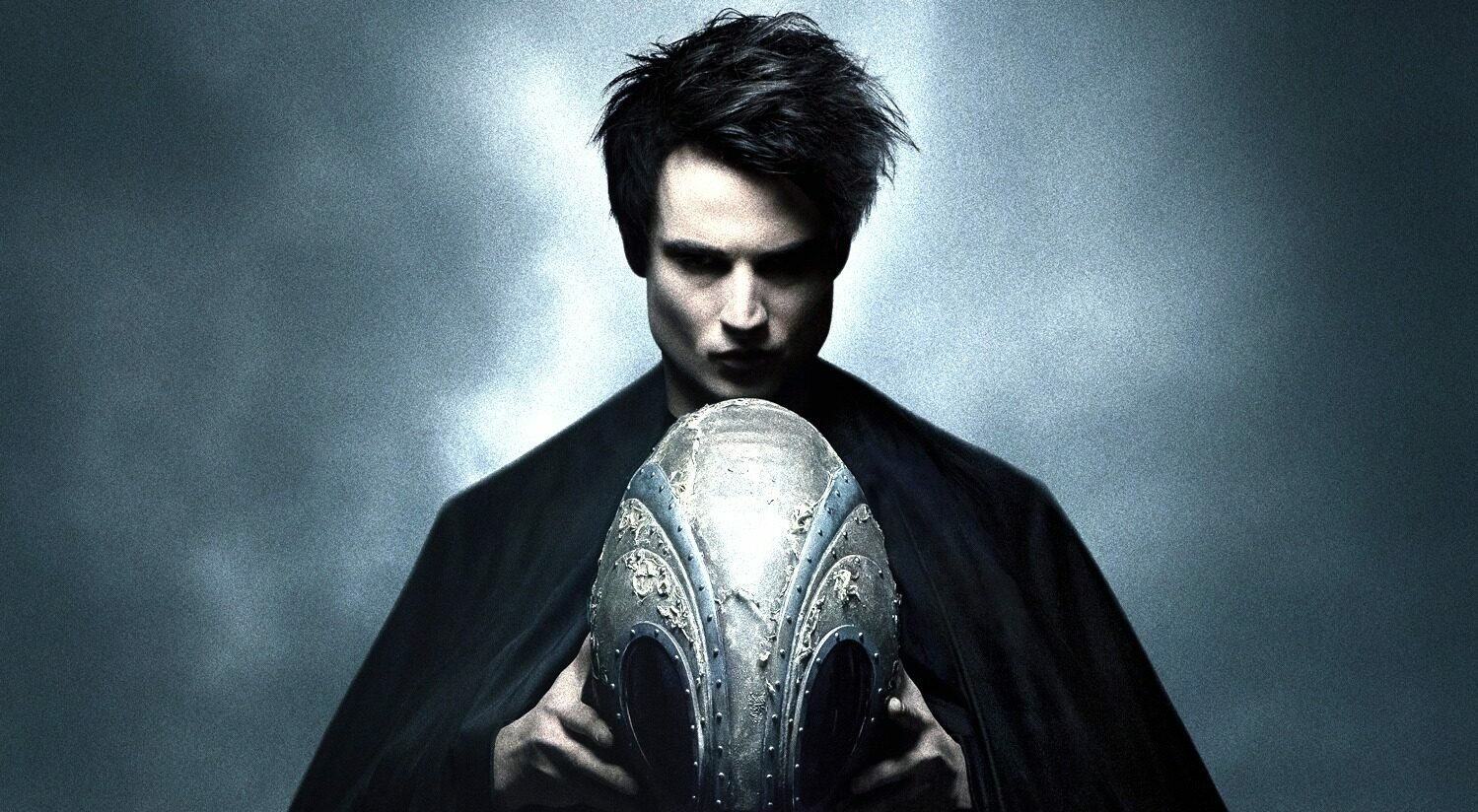
The Sandman is a rare comic property that could emulate the work of Gaiman’s friend and inspiration Douglas Adams. Adams modified his sci-fi comedy The Hitchhiker’s Guide to the Galaxy for different media, ensuring a slightly different story experience on the page, radio, and TV. That provided a rich and lasting narrative and lots for fevered fans to pore over. That could be the future of Sandman, as befits “such stuff as dreams are made on.”
In 2021, Gaiman and writer-producer Dirk Maggs brought the story to life on audio in the first of three volumes of adaptations with a suitably starry cast. The audio series was intended as a direct adaptation of the original comic series, giving those who haven’t or are unable to read the story in its original format the chance to experience it. At the same time, Gaiman developed his tale for the new high-profile Netflix series. But The Sandman series will not be a direct adaptation of the three-decades-old story. It will be a thematic and contemporary updating, bringing Morpheus to our time. Times have changed in the Dreaming, just as some attitudes have on Earth. Hopes are that the new adaptation will be dream-like — comfortable and reassuring to fans and newcomers, but also fresh and surprising.
Despite its updates, the series’ roots are very much in the original Sandman comic run. That narrative remains definitive, with set chapters interspersed with standalone stories, telling one narrative with a beginning, middle, and end. But you can’t keep a dream down. Gaiman has returned to the universe for spin-offs and additions since 1996, joined by some of comic books’ greatest talents. The Sandman Universe has recently joined DC’s Black Label imprint, overseeing new spin-off tales of The Dreaming, Lucifer, the Books of Magic, and John Constantine: Hellblazer.
You’d expect the furtive imagination of Sandman to go where you least expect, but 30 years on, the original comics remain essential reading for fans of the medium. With the new series promising to adapt and update the original, it’s a great time to dig into Neil Gaiman’s original.
Here’s the running order you need if you want to beat the Netflix series to it — Neil Gaiman’s Sandman sequence.
The Sandman original series
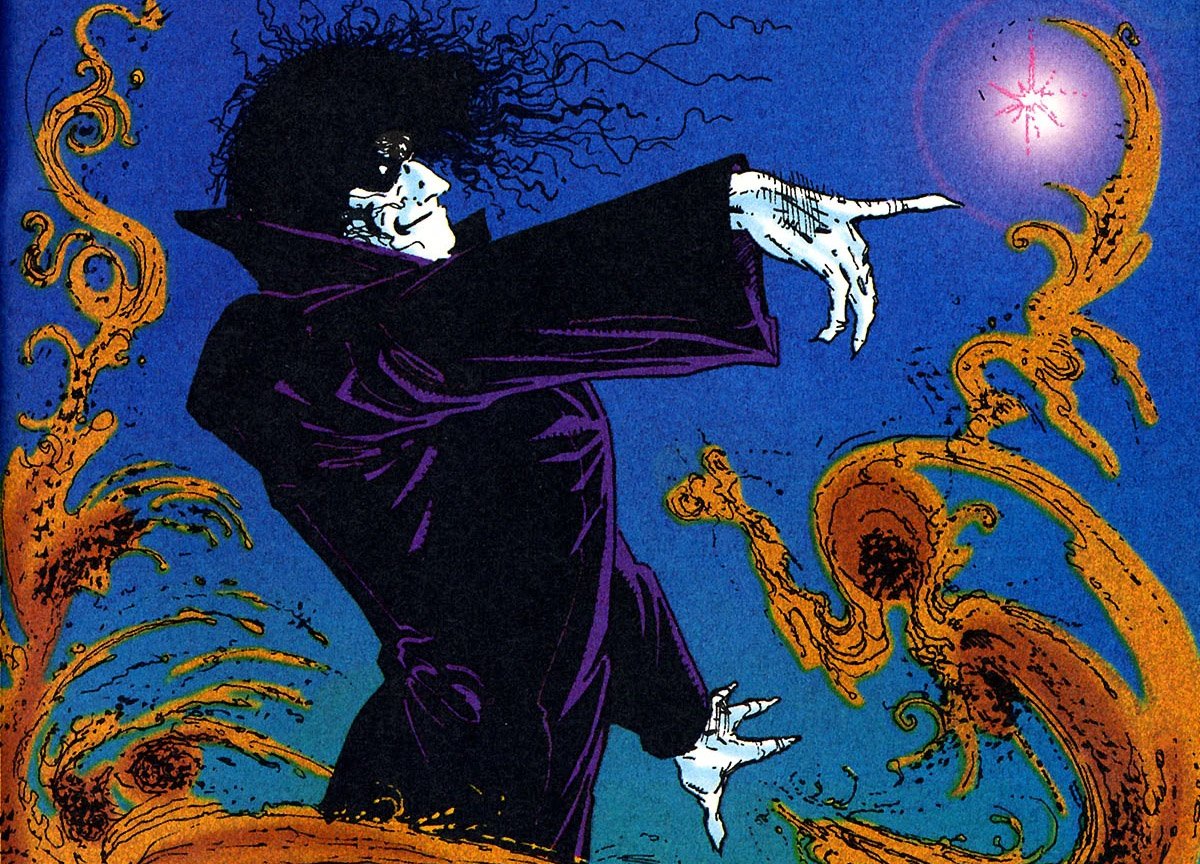
*Warning: the following contains very light plot details that are likely to feature in the forthcoming Netflix Sandman series*
Like any good dream, The Sandman’s journey isn’t strictly linear, but it’s worth catching in order of publication. Usefully, it’s divided into chapters. The opening two-volume arc covers Morpheus’ escape from imprisonment and his quest to reclaim his stolen artifacts and regain his power. It introduces his mostly unpredictable siblings, incredible allies, and terrible enemies. The third volume features some of the most popular stories in the saga. Like the sixth and eighth volumes, this collects standalone short stories, separated from storylines on either side. Volume 4 dwells on the fate of Hell when Lucifer abdicates responsibility for the realm — it sets a key theme of responsibility in the overarching saga.
The fifth volume is one of Gaiman’s favorites, mainly because it divides fans. It is a crucial central story to the saga, linking The Doll’s House with the penultimate volume, The Kindly Ones. The seventh volume follows Dream and his sister Delirium’s quest to find their missing brother Destruction and reveals the fate of Morpheus’ son, Orpheus. The penultimate chapter ties up many of the captivatingly loose strands from the eight previous volumes, catching up with various characters and ending some of their stories. As its name suggests, the final volume closes the saga as it sets out a new future for the Dreaming.
- The Sandman, Vol. 1: Preludes & Nocturnes — Sandman #1-#8
- The Sandman, Vol. 2: The Doll’s House — Sandman #9-#16
- The Sandman, Vol. 3: Dream Country — Sandman #17-#20
- The Sandman, Vol. 4: Season of Mists — Sandman #21-#28
- The Sandman, Vol. 5: A Game of You — Sandman #32-#37
- The Sandman, Vol. 6: Fables and Reflections — Sandman #29-#31, #38-#40, #50, Sandman Special #1
- The Sandman, Vol. 7: Brief Lives — The Sandman # 41-#49
- The Sandman. Vol. 8: World’s End — The Sandman #51-#56
- The Sandman, Vol. 9: The Kindly Ones — Sandman #57-#69
- The Sandman, Vol. 10: The Wake — Sandman #70-#75
Extended Sandman Universe by Neil Gaiman
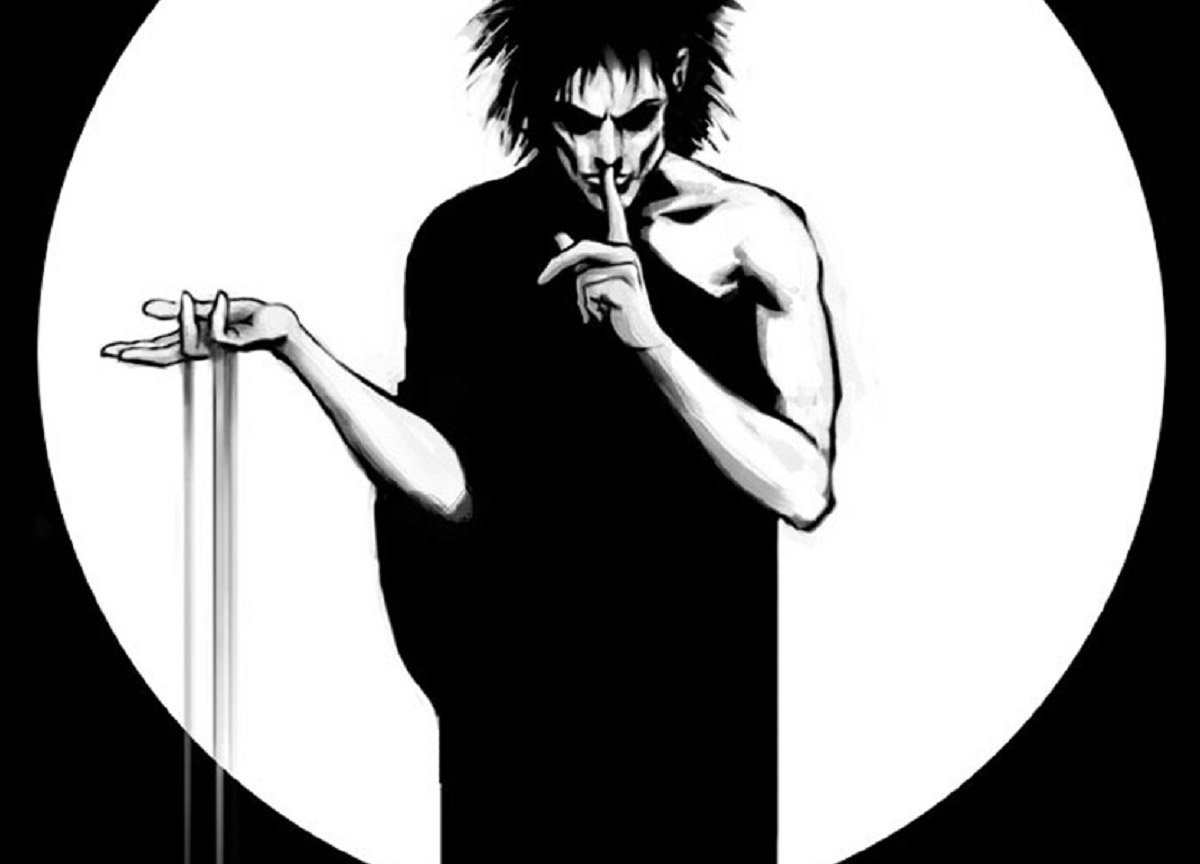
Gaiman has returned to expand on the original run while working with others to develop the stories of compelling characters introduced in Sandman. Overture is a prequel to the initial run, but you’ll get far more from it if you have read the complete original sequence. The best way is to catch these in release order.
Naturally, there are other spin-offs, including Mike Carey’s hugely successful Lucifer title and The Sandman Presents titles, but this list sticks to the Sandman-related comics with Gaiman’s involvement.
- The Sandman: Endless Nights — features seven stories illustrated by seven artists.
- The Sandman: Overture — Sandman Overture #1-#6
- The Sandman: The Dream Hunters — novella adaptation collected in The Dream Hunters #1-#4
- The Sandman: Book of Dreams — short story anthology edited by Gaiman.
- Death: The High Cost Of Living
- Death: The Time Of Your Life — miniseries
- Vertigo Winter’s Edge — Vertigo Comics Winter’s Edge #1-#3
- Sandman Midnight Theatre #1 — linking Dream back to original DC Sandman Wesley Dodds
In the 1990s, Gaiman acted as a creative consultant for the series The Dreaming, envisaged as an anthology series by editor Alisa Kwitney, who also penned a spin-off short story collection around Destiny and other supporting characters.
- The Dreaming #1-#60
- Destiny: A Chronicle of Deaths Foretold
The Sandman Universe
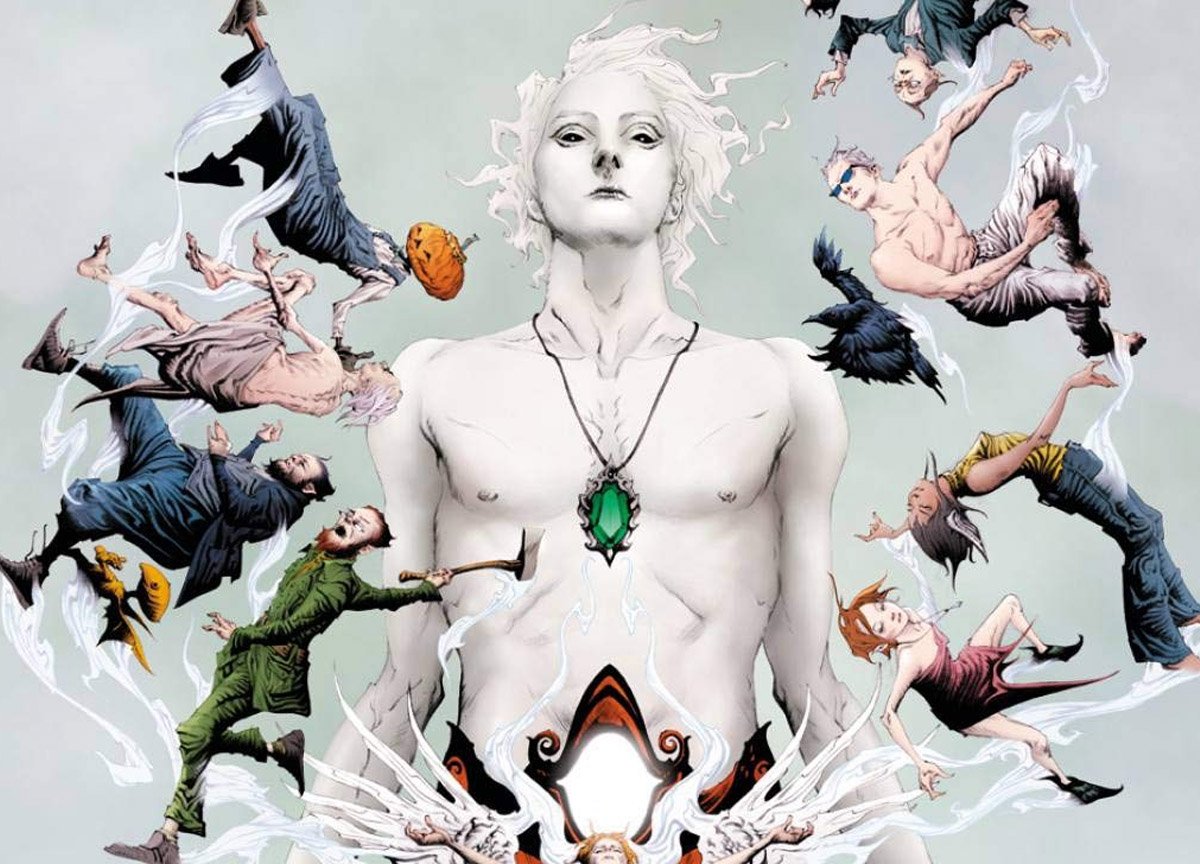
Sandman has continued to spread its influence far and wide. Following on from The Sandman Presents, The Sandman Universe was launched in 2018 as a banner line for the DC Black Label imprint, celebrating the 30th anniversary of The Sandman comic. Black Label is Vertigo for a new age, telling darker and more adult stories from the DC universe, and an excellent fit for the characters who’ve been introduced to this mystical and magical sphere. Although Gaiman isn’t scripting, he oversees the line for DC.
- The Sandman Universe — one shot
- The Dreaming #1-#20
- House of Whispers #1-#22
- Lucifer #1-#24
- Books of Magic #1-#23
- The Sandman Universe Presents: Hellblazer #1
- John Constantine, Hellblazer #1-#12
- The Dreaming: Waking Hours #1-#12
- Locke & Key: Hell & Gone #0 – #2
- Nightmare Country — ongoing
The Sandman Universe has been whittled down to one current title, but all eyes will be on the future direction of the franchise when the Netflix series brings it to a new generation of fans. We can only dream of the stories to come.

